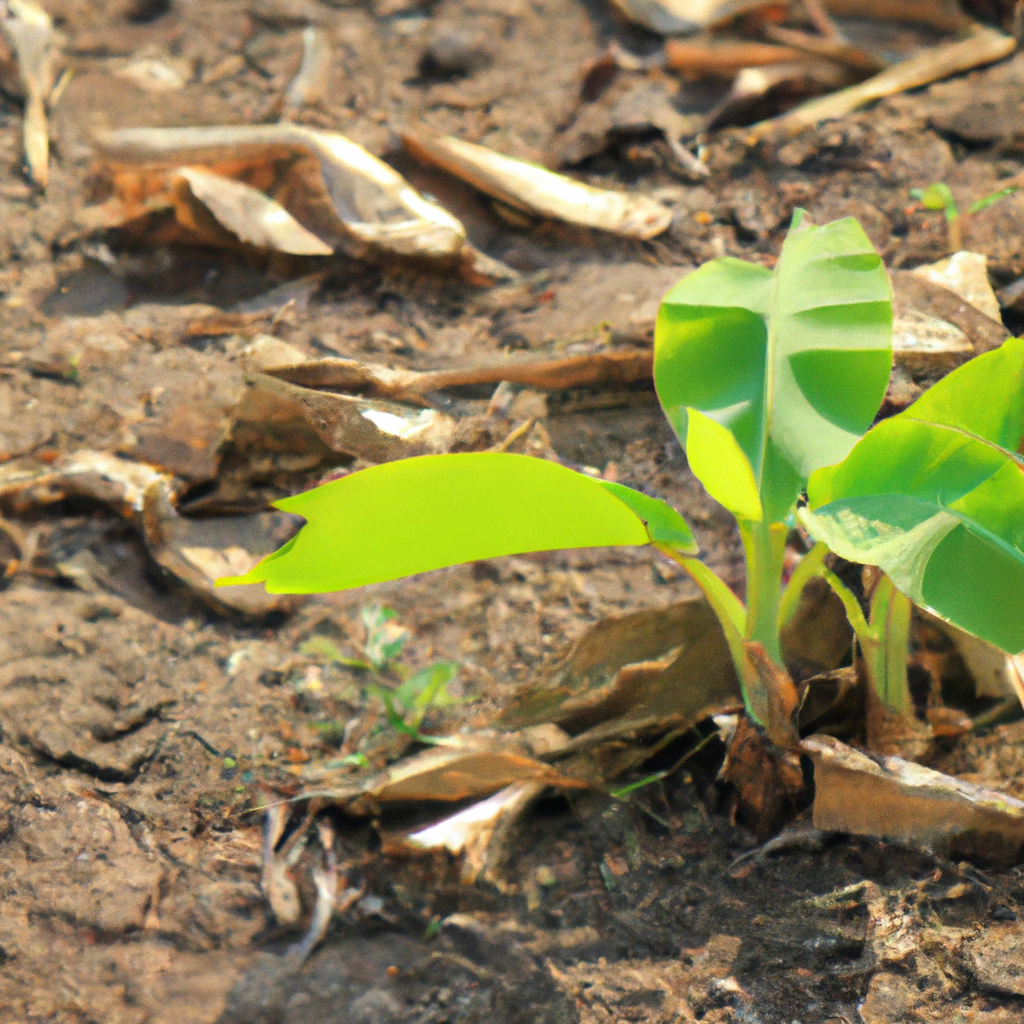Carbon Footprint Showdown: Tomatoes vs. Avocados
Introduction
As climate change continues to be a pressing issue, many people are becoming increasingly concerned about the environmental impact of their food choices. With this in mind, let’s delve into the carbon footprint of two popular produce items: tomatoes and avocados. Both fruits are staples in many cuisines and are enjoyed for their taste and versatility. However, their environmental impact can differ significantly depending on factors such as production methods, transport, and seasonality.
Tomatoes: The Pros and Cons
Tomatoes are one of the most widely consumed fruits in the world. They’re rich in vitamins and minerals and are a staple ingredient in many dishes. In terms of their carbon footprint, tomatoes can be relatively low impact when grown locally and in season.
However, the carbon footprint of tomatoes can increase significantly when they’re grown out of season or in greenhouses that rely on energy-intensive heating and artificial lighting. Moreover, transporting tomatoes over long distances can add to their environmental impact. To minimize the carbon footprint of tomatoes, consumers should aim to buy locally grown, in-season tomatoes or consider growing them at home in a garden or on a balcony.
Avocados: The Pros and Cons
Avocados have soared in popularity in recent years due to their creamy texture, delicious taste, and numerous health benefits. They’re packed with healthy fats, vitamins, and minerals, making them a popular choice for many health-conscious consumers.
However, avocados have a higher carbon footprint than tomatoes, mainly due to the fact that they require large amounts of water to grow. Avocado farming in regions such as California and Mexico has been linked to significant water usage, which can strain local water resources and contribute to deforestation.
Additionally, since avocados are primarily grown in a few specific regions, they often need to be transported long distances to reach consumers. This transportation process contributes to the fruit’s overall carbon footprint. To minimize the environmental impact of avocados, consumers can try to buy locally grown avocados, if available, or opt for other sources of healthy fats, such as nuts and seeds.
Conclusion: Making Mindful Choices
When comparing the carbon footprint of tomatoes and avocados, it’s essential to consider factors such as seasonality, production methods, and transportation. While tomatoes tend to have a lower carbon footprint when grown locally and in season, avocados are more resource-intensive due to their high water requirements and transportation needs.
Ultimately, making mindful choices about the food we consume can help reduce our individual carbon footprints. This includes opting for local, in-season produce, reducing food waste, and being conscious of the environmental impact of our favorite fruits and vegetables. By staying informed and making small changes in our eating habits, we can contribute to a healthier planet for future generations.



